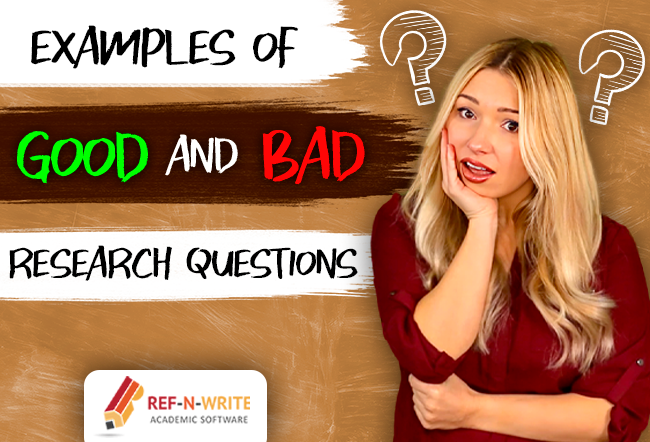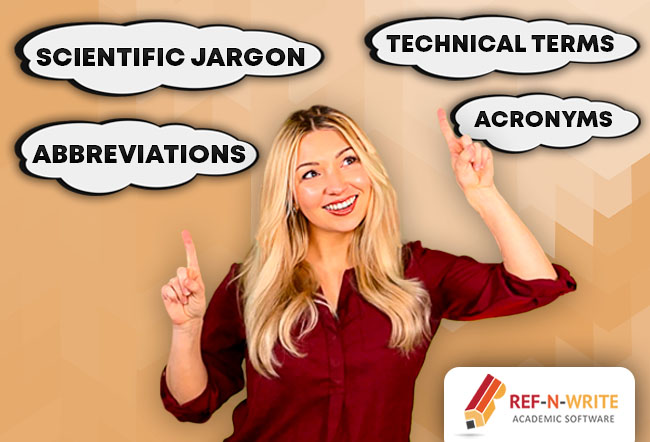Abstract | Introduction | Literature Review | Research question | Materials & Methods | Results | Discussion | Conclusion
In this blog, we look at how to write the conclusion section of a research paper. We will go through plenty of conclusion examples and understand how to construct a great conclusion section for your research paper.
1. What is the purpose of the conclusion section?

The conclusion is the last section of your research paper. This is the place to provide the final take-home message to your readers. Some journals require a separate conclusion section, whereas in some journals the last paragraph of the discussion section is kind of treated as a conclusion.
2. How should I structure my conclusion section?
The conclusion section of a research paper typically contains the following components:
3. Conclusion Examples
Let’s look at some examples of the conclusion section. We will be looking at conclusion examples from different fields and of different formats. This will help you appreciate the different styles you can adopt while constructing the conclusion section for your paper.
3.1. Example #1 (Engineering sciences research paper)
Here is a conclusion example from an engineering sciences research paper. The authors are starting their conclusion paragraph with a single-line summary of their work. They are saying that the objective of their research was to investigate the effect of natural light in office buildings. Then they are explaining what they have learned from their work. They are saying that they have found a link between natural light and the productivity of employees. Then, they are explaining the future applications of their findings. They are saying that the results of this study will be helpful in the design and construction of future office buildings.
In summary, the use of natural light in office buildings is investigated in this study. The results show that there is a strong correlation between the use of natural light and the productivity of employees. The results demonstrated in this work provide a new perspective on the importance of natural light in office buildings and have important implications for the design and construction of future office buildings.
_ Aims summary _ Results summary _ Future applications
3.2. Example #2 (Environmental sciences research paper)
Here is a conclusion paragraph example from an environmental sciences research paper. The authors are starting the conclusion passage with the major findings of their research. They are saying that their study has provided evidence that there is a link between climate change and sea level rise. Then they are explaining the significance and importance of their findings. They are saying that this is one of the most comprehensive studies done on this topic to date. Then they are finishing the passage with the future implications of their work. They are saying that their findings will help coastal communities with infrastructure planning in the future.
In summary, this study provided evidence for the impact of climate change on sea level. Specifically, research showed that the sea level has risen by an average of 8 inches over the last century, and the rate of sea level rise has accelerated in recent decades. To our knowledge, this is one of the most comprehensive studies to date assessing the impact of climate change on sea level. Therefore, these findings have important implications for coastal communities and infrastructure planning.
_ Aims summary _ Results summary _ Novelty of the work _ Future implications
3.3. Example #3 (Health sciences research paper)
Here is a slightly different conclusion example from a health sciences research paper. The authors are starting the conclusion paragraph with the study objective, which is to test for allergies in patients with titanium dental implants. Then, they are listing the contributions of their work. They are saying that they have made three contributions. Number 1, they have shown how to identify the symptoms of titanium allergy, number 2, how to conduct tests to confirm the allergy, and number 3, how to manage the allergies in the long term. Then they are finishing the paper off with some information about the future implications of their work. They are saying that the findings of their work are very important for the clinical management of patients with titanium allergy.
Our objective was to test for allergies in patients with titanium dental implants. The major contributions of this study can be summarized as follows: (1) Identifying the associated symptoms of titanium allergies; (2) Various tests for detecting titanium allergies and (3) Highlighting the best ways to manage titanium allergies. The results of this study are very important for the clinical management of patients with titanium allergy.
_ Aims summary _ Contributions _ Future implications






